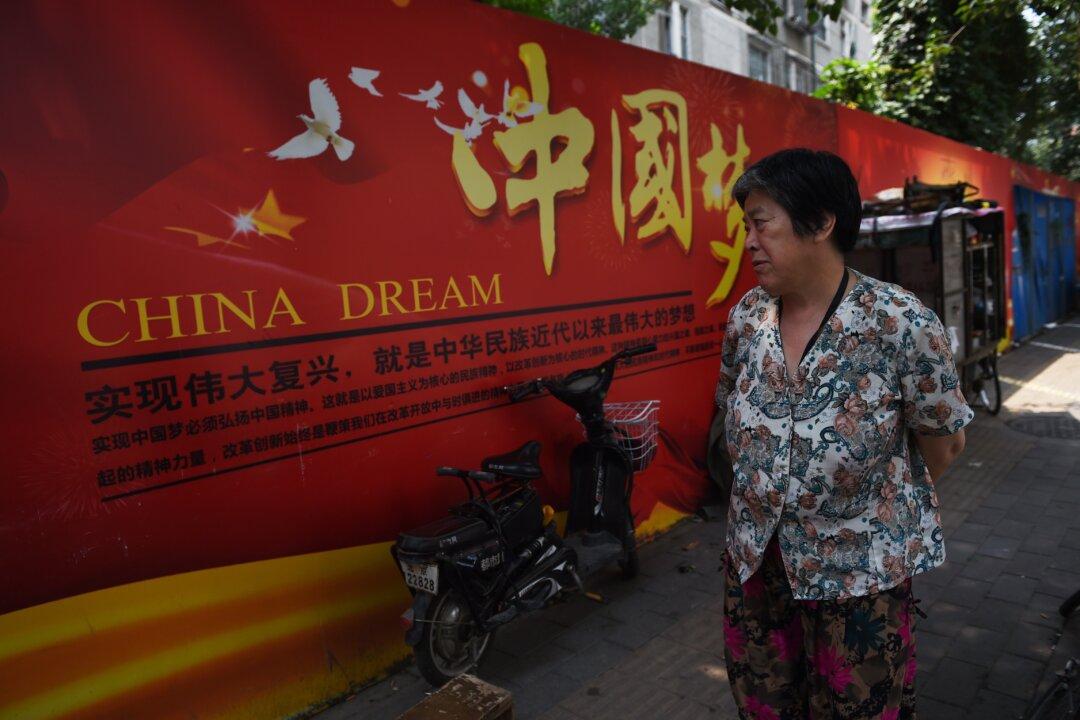Even before the work week started properly on Monday morning on the East Coast, the bad news from China was already flowing in on Sunday evening because of the time difference.
This time, the Shanghai Composite dropped another 5 percent to 3,017 on Jan. 11, minus 15 percent for the year. On the upside, the yuan is down only 0.1 percent against the dollar, and its little brother, the offshore yuan (mostly traded in Hong Kong), is up 1.2 percent to 6.60 per U.S. dollar.
Of course, it wouldn’t be China if the regime hadn’t intervened heavily in both markets. For the stock market, all it could do was prevent it from dropping more by buying stocks without caring for the losses.
And the losses for the regime are substantial. Goldman Sachs estimates the regime bought stocks worth 1.8 trillion yuan ($270 billion) from June to November of 2015 to prop up the stock market after the July crash.






